- Keeping equipment running in harsh field conditions can challenge any tech project, as can working successfully with volunteers.
- Mongabay-Wildtech spoke with leaders of one project, wpsWatch, that deploys connected camera traps to monitor wildlife and people in reserves and employs volunteers to monitor image feeds from afar.
- Powering equipment for field surveillance and “making it part of everyone’s day” enable the rapid image detection, communication, and response by ground patrols needed to successfully apprehend wildlife poachers using cameras and other sensors.
Keeping equipment running in harsh field conditions can challenge any tech project, as can working successfully with volunteers. Some projects have to manage both.
A recent Wildtech post describes wpsWatch, a remote camera and data integration system developed by Wildlife Protection Solutions (WPS) to monitor wildlife and threats in real-time.
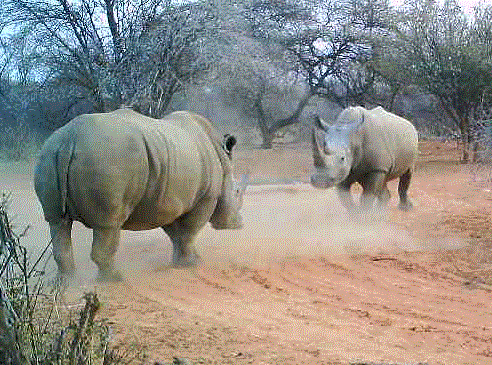
Concealed cameras placed around reserves are connected via one of several networks to managers on site, as well as to staff and volunteers located a world away in the US who use the system’s apps to monitor image feeds. The groups notify each other of wildlife and/or intruders detected in camera images, allowing rangers to take quick action.
As part of the discussion with Mongabay-Wildtech, WPS Executive Director Eric Schmidt and Program Director Carrie Smizik explained some of the strategies their team uses to prevent and respond to the twin challenges of deploying technology in remote and rugged areas and maintaining an effective corps of project volunteers.
Mongabay-Wildtech: What are the main challenges in maintaining the cameras and keeping the system going on the ground?
Smizik: Applying solar power to keep the batteries and the cameras up and running was the first issue that we ran into. We learned that as the cameras would drain battery power or lose battery power, the [image] transmission rates were falling off as well. So the camera didn’t have the power to transmit the images it was taking if it lost battery power. So we had to tackle that issue first.
Schmidt: Then it’s, you know, really wildlife and environmental. So in Africa, it’s baboons especially. And in Indonesia it was ants.
Smizik: In Hawaii, it’s rain and we have some theft issues too, so the cameras have to be well-hidden and well-placed. We were trimming branches so they wouldn’t interfere with the viewpoint of the camera, and one of our field guys would take mud and rub over where we had trimmed so that you couldn’t see it was a fresh cut on the tree. So simple camouflage, stuff like that that, really makes a difference in hiding your equipment.
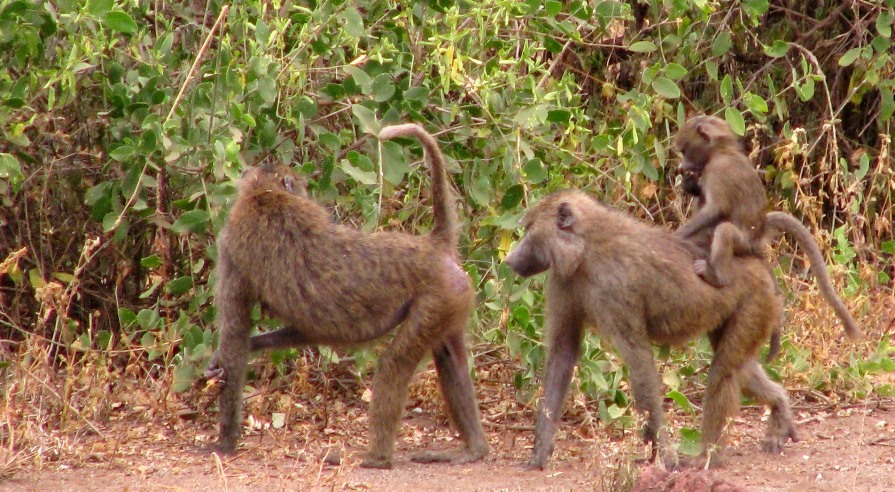
Mongabay-Wildtech: What are main challenges you face in working with the volunteers to identify photos and getting that information to the team?
Smizik: I don’t think that’s too big of an issue. I designed a training program around how you use the app and what defines a poacher–I have a training section on that specifically. And then we do a little quiz: poacher or not poacher, that sort of thing. I always tell them, ‘when in doubt, send me the image and I’ll make the determination.’ Sometimes I’m not sure, so I let the rangers make that determination if they have staff overturning or something. I’m not always going to recognize all of their staff members.
So it’s a matter of just training them pretty thoroughly, and I can do it over the web or in person. It just depends on the size of the group and what their preferences are.
The beauty of the system is they can monitor from their phones or their laptops. I have several that monitor all throughout the work day, and they just keep that up on their secondary computer monitor and they’re doing their work at the same time. So having the flexibility for them is a really great part of the program.
Mongabay-Wildtech: Do the volunteers take turns monitoring image feeds? How do you make sure that they have the hours covered?
Smizik: I haven’t dictated hours as of yet, mostly because I don’t want to make that a deterrent, though that’s changing. I’m going to assign specific [reserve] properties to volunteers. And we’ll talk about assigning hours, but I didn’t want, as we were starting the volunteer program, to say you have to monitor it from this time to this time every week. So many of them can’t commit to that sort of time commitment. And I wanted at first to establish the program and see what kind of response we got.
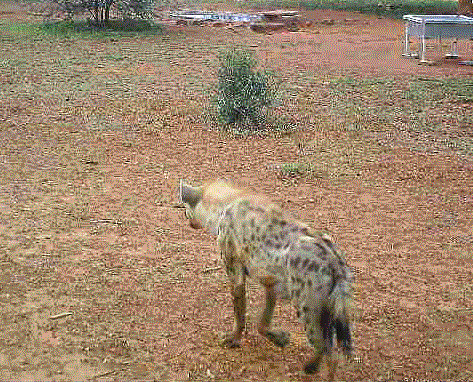
Mongabay-Wildtech: How many volunteers help monitor the wpsWatch images?
Smizik: I think we’re up to about 30 now, and they are mostly in Colorado, but we have some that are out of state, all over.
And our staff is in the office too, we have the feeds up and we’re monitoring them all the time, along with the partners that are on site are monitoring their own feeds.
Mongabay-Wildtech: Are you seeking new volunteers?
Smizik: Always.
Mongabay-Wildtech: What features are needed at the implementation site, such as power, connectivity, staff capacity, terrain, etc.
Schmidt: The biggest one is staff capacity. If they’ve not got the ability to respond to a real-time system, it makes no sense investing in that level of thing. And so you’re better off to say, well, what do you need to do to get there? Sometimes that’s basics like radios, binoculars, and hydration packs.
Smizik: You have to have a basic foundation of minimal sort of infrastructure.
Schmidt: Right. And then from there, you can sort out the [technology]. If it does look like that the basics are there, then you can come up with an appropriate technology mix. And you can compensate for things like no connectivity if you have a lot of money to put up your own towers and that sort of thing. Those become options once they’ve got at least some level of response capability.
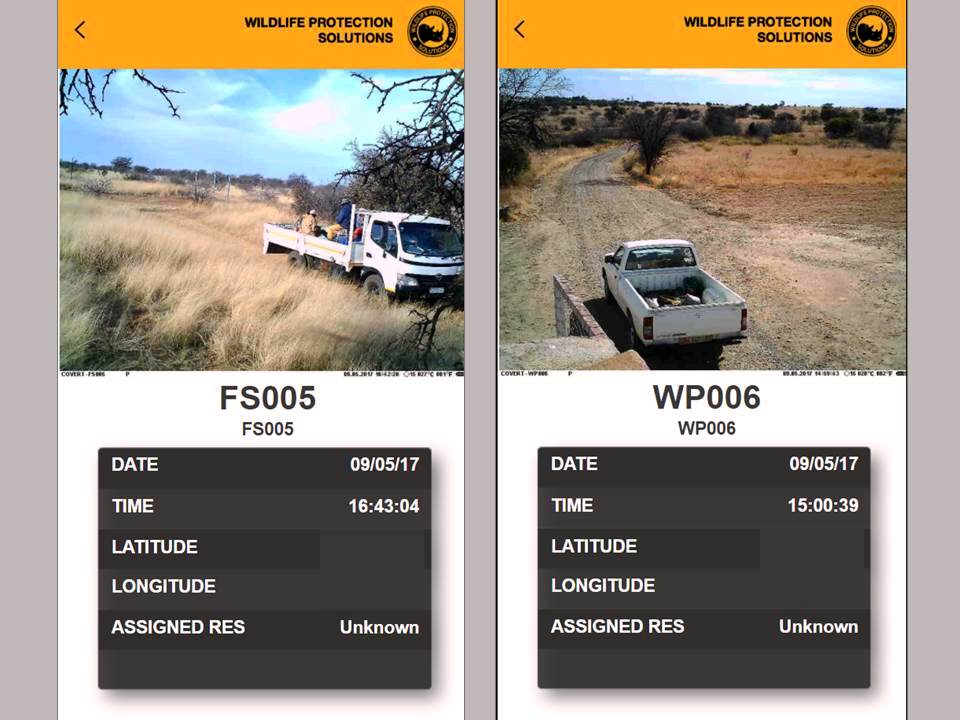
Mongabay-Wildtech: So you’ll do an assessment to help decide on that?
Schmidt: Typically what we’ll do for any given project is start by going out and spending anywhere from one day to one week to really understand what the current operations look like, what challenges they’re facing, see the exact areas that they know they’re having problems with. Understand what the connectivity situation is, you know, is it cellular? Is there internet at the base camp? Is it something that we’ve got to start from scratch?
Then we look at the topography, like are there high points where we potentially would need to put towers or whether there are existing towers we can potentially hang new equipment off of, all these different things.
And then once we make that assessment, we’ll roll out usually a small, “beta” implementation of anywhere from two to five cameras. We then step back and monitor it for a little bit and really spend time saying, are we seeing what we expected to see? You know, i.e. bad guys coming in and out? Is the partner responding appropriately, or do we need to make adjustments to what we have before we try and do some joint fundraising or something to really expand the presence on the ground there?
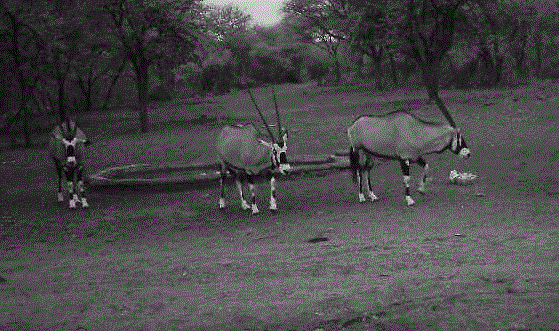
Mongabay-Wildtech: Who monitors the cameras to make sure they are working properly? I know you do some remote monitoring via the app from your office. Do you then contact the people on the ground when you find an issue?
Smizik: Pierre [WPS Africa Project Manager] in South Africa goes through the system almost daily. He’ll call partners up and say, ‘Hey, such and such camera’s down. Let me know if you need help. Here’s what I think might be going on.’ The volunteers are actually going to start participating this year too, sending lists of what cameras are up and down. And then some sites are so in tune to it, I get an email from one in South Africa, and they’ll tell me either the app or a camera has gone down before I’ve noticed it. So that means they are really tuned in to the system.
Mongabay-Wildtech: Is part of your work with field teams to help train them on some basic fixes if, say, the equipment breaks?
Schmidt: We’ve been exploring some ways whereby we can, for new implementations, bring down a little remote computer that we can dial into. So if something happens in the field, like a camera configuration gets messed up, they can just plug the camera in and then we can go in and remotely configure it.
Smizik: Our site in Hawaii has such a well put-together infrastructure on site… with all kinds of equipment and tools. Because they have those sorts of assets, I’ve been working on each trip on training them to build their own battery boxes and learn how to maintain the cameras on their own so that it’s less travel for us. If a site can become virtually self-sufficient, then we can just be sort of a support to as opposed to the primary resource. We don’t want to always have to be the ones to fix it. That’s not scalable.
Mongabay-Wildtech: So what aspects of the system took more time or effort than you expected, or were a lot harder than you thought?
Schmidt: I think resolving the power issues.
Smizik: Just even figuring that out, we spent a lot of time. We knew we were missing images early on, but we didn’t know why. And so we spent a lot of time physically going through every image on the SD card to compare them to what the system returned. And it wasn’t until we did that that we found the battery drop correlation.
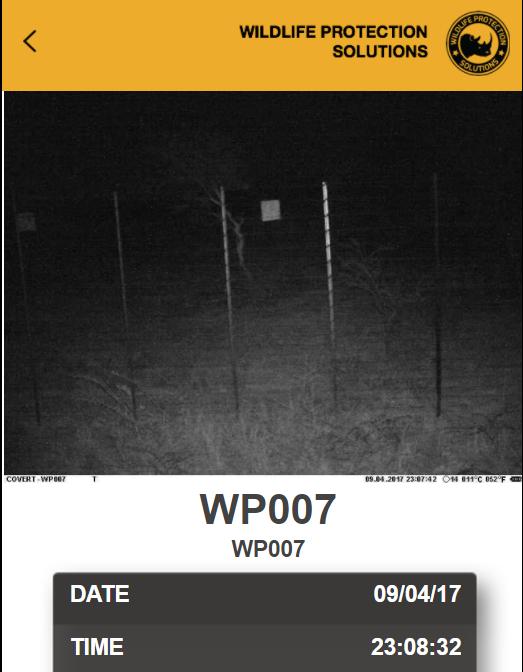
Schmidt: The next challenge is really making this part of everyone’s day. Like if you look at our implementations, some [field teams] do it really, really well. Some of them have [the system], and it’s like they haven’t clicked to it yet. And the differentiator there is whether or not they’ve caught poachers, frankly. The ones who do it and it works, they really click to it and they’re like, ‘Whoa, we’ve got to keep these cameras up. We’ve got to keep it going.’
In other places where we put [the system] in, maybe because there aren’t poachers in that area or they just don’t have as high a pressure, they don’t get that kind of quick-hit success that is their eye-opener that says, ‘Oh man, I really do have to respond to this.’ So then they’ll let things like cameras go down, and then it’s more of a struggle. So it’s baking in the use of the system into their daily lives.
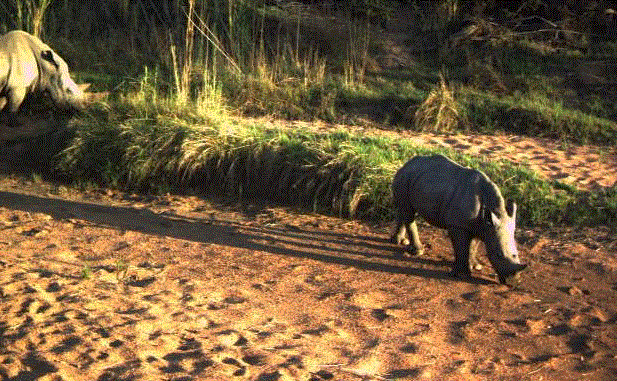
Mongabay-Wildtech: What advice would you offer other teams trying to use tech to monitor intrusions into reserves? Is there anything you want to add?
Smizik: I would say have patience and don’t expect this to be the end-all, be-all or that it’s not going to require any sort of maintenance. I find one of my biggest uphill battles on site is that people think you’re going to put something in, and this is the final solution. But you’re gonna still have to go check on these, at least monthly. Make sure they’re still up and running and that no water’s gotten in or no animals have gotten in or a baboon’s turned to the camera this way. They’re always going to be some aspect of maintenance. I think whenever you’re working with any technologies, managing those expectations.
Schmidt: My suggestion will be share data and cooperate. So much of the time I see different groups that are just solo, and insular, and the more we can, between appropriate organizations, share data, the better.
FEEDBACK: Use this form to send a message to the editor of this post. If you want to post a public comment, you can do that at the bottom of the page.
